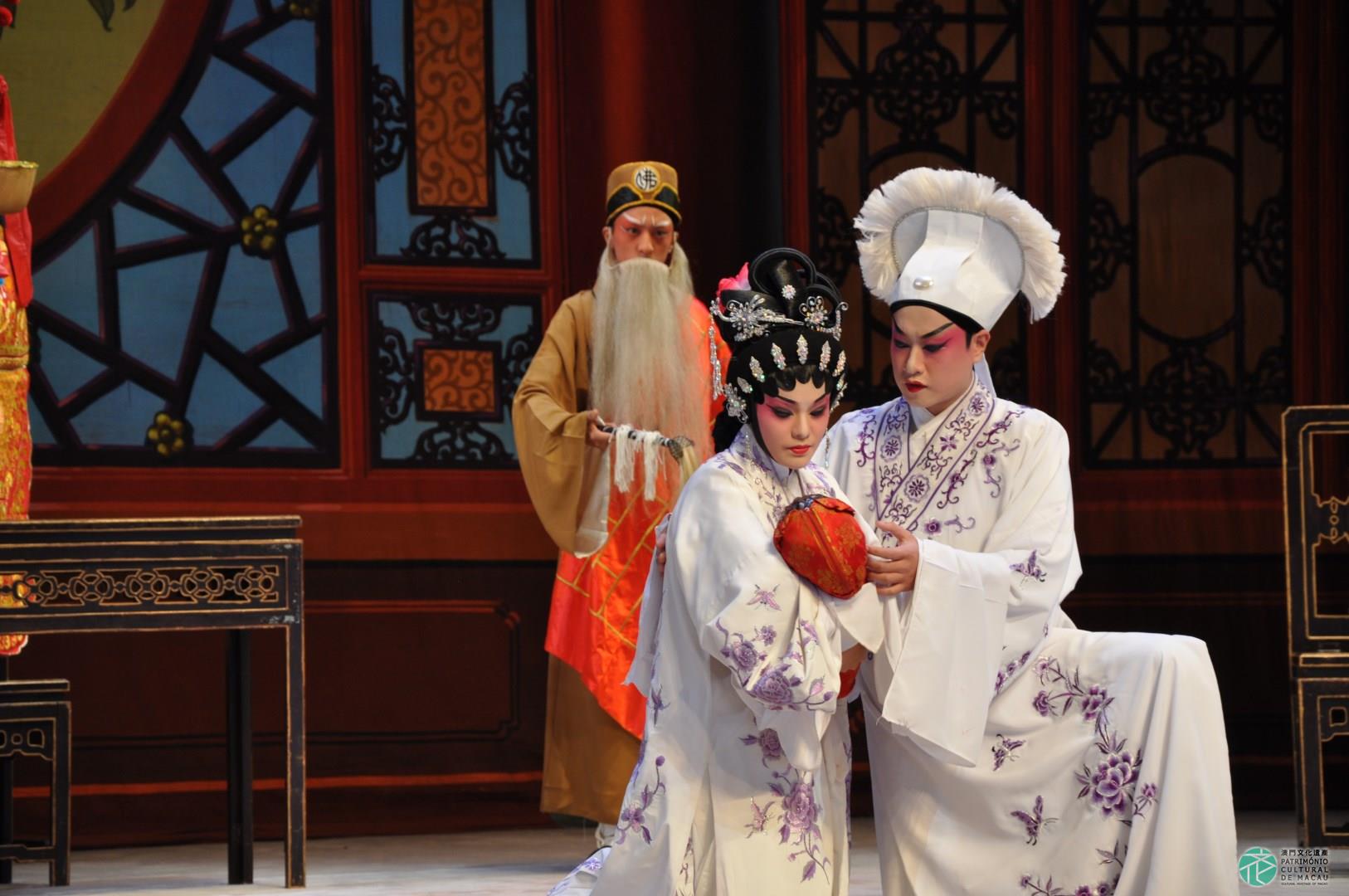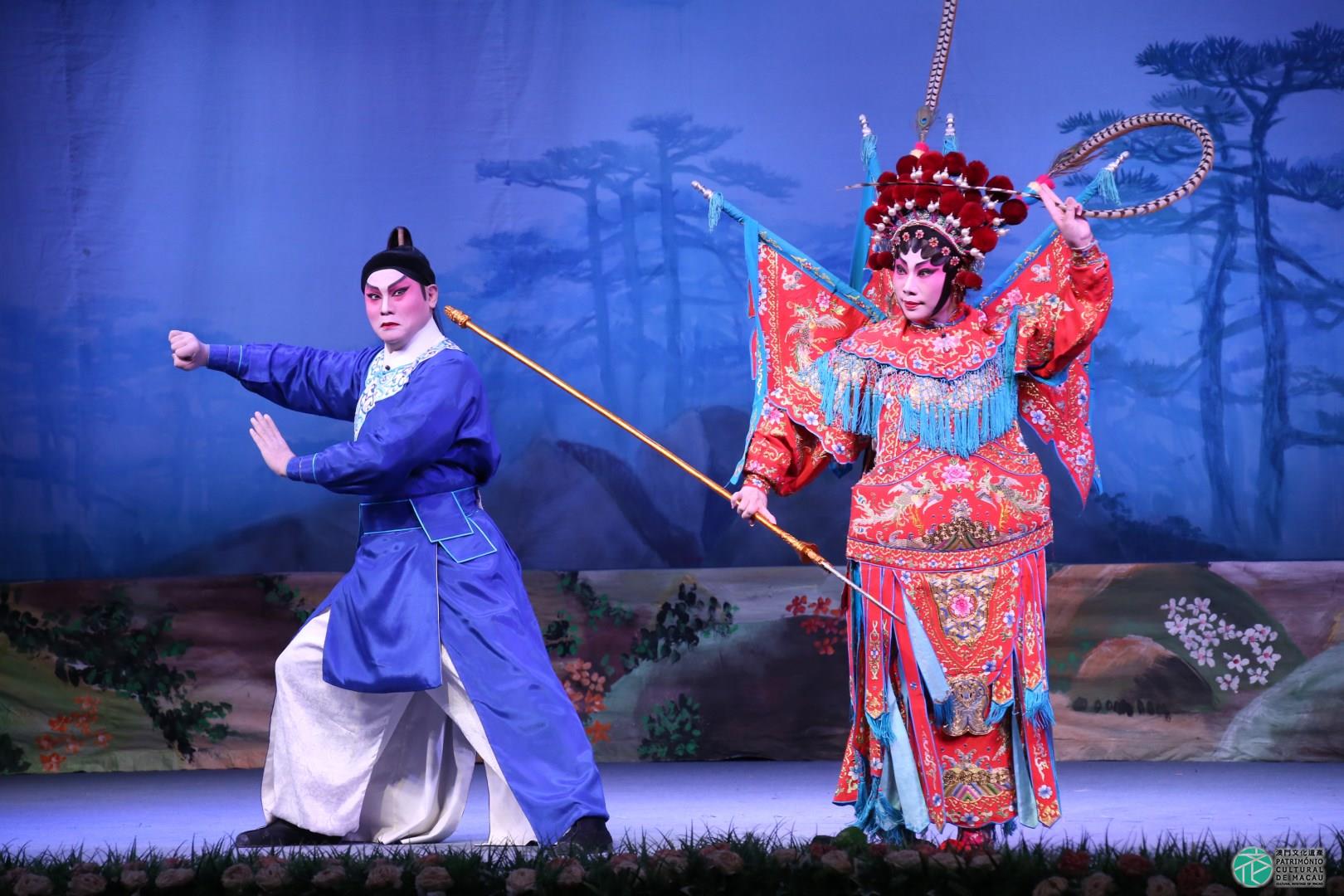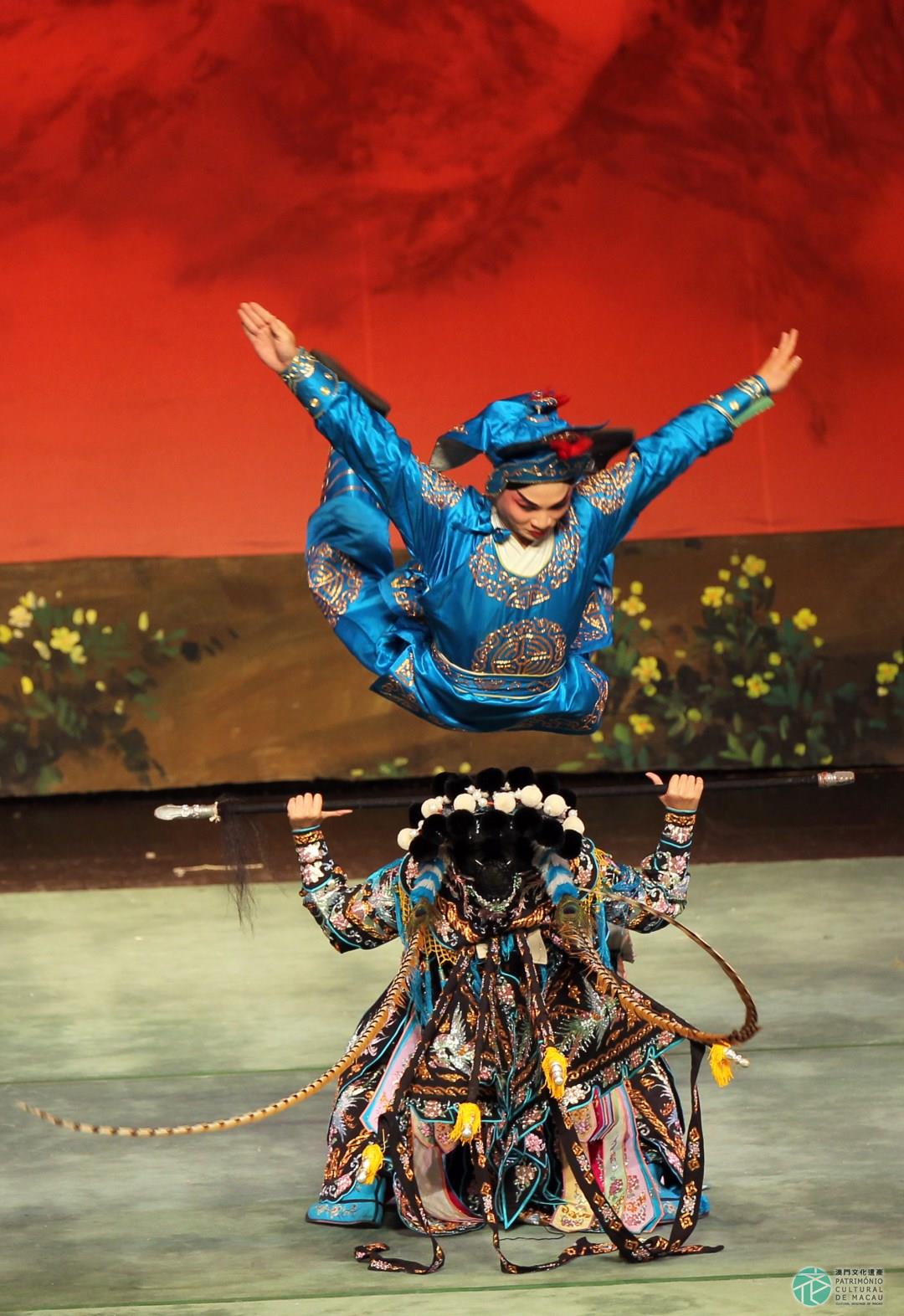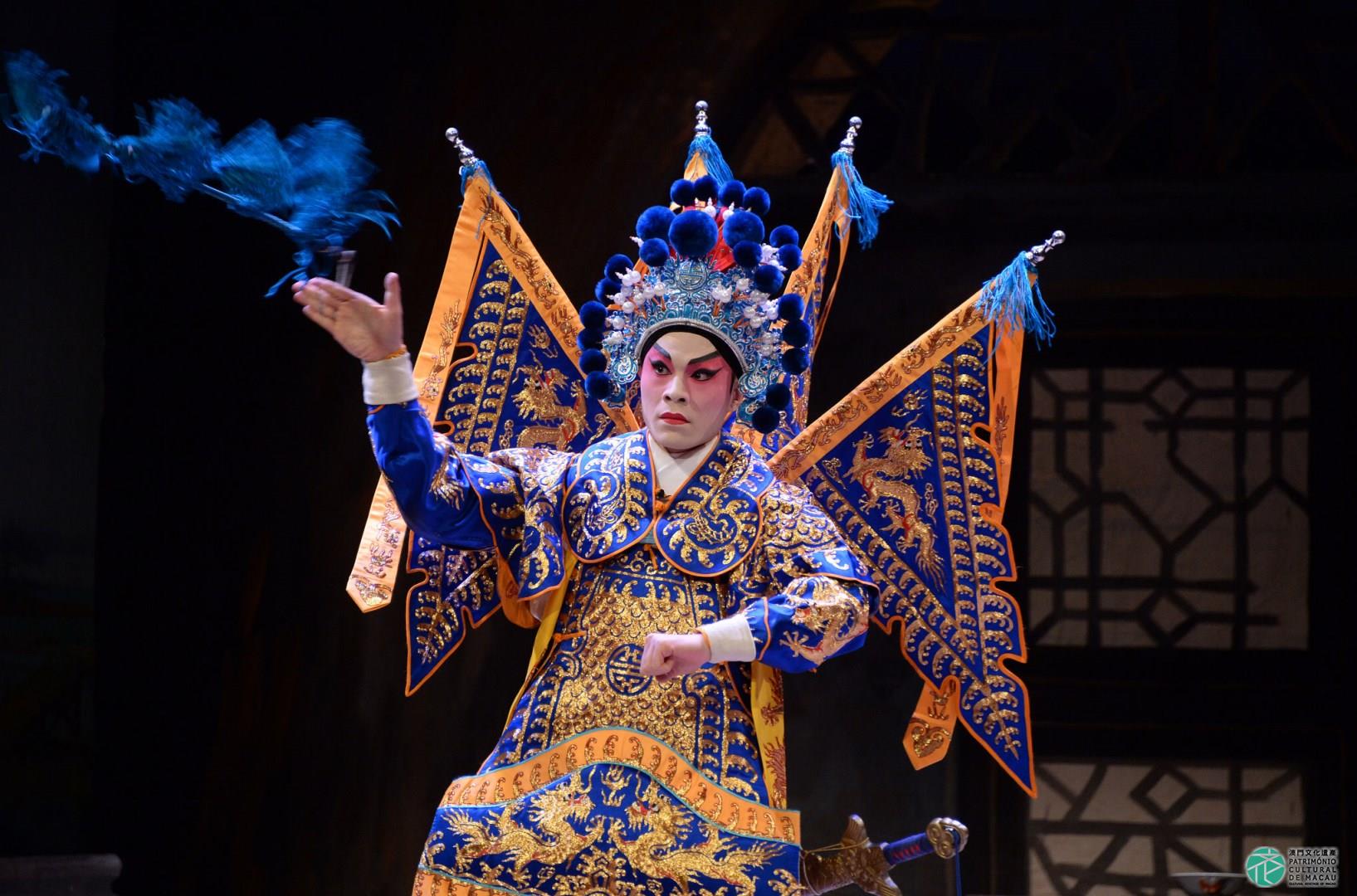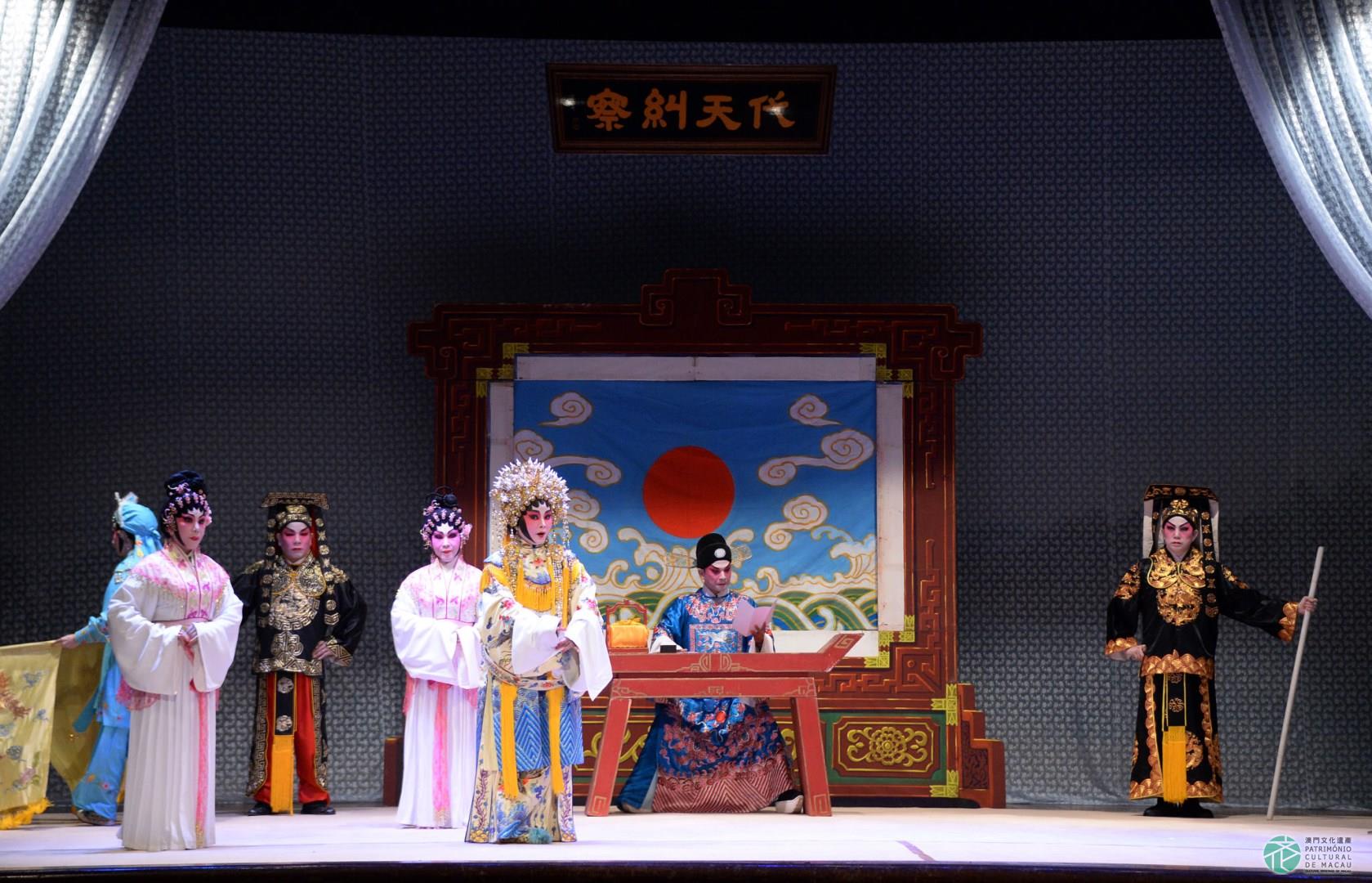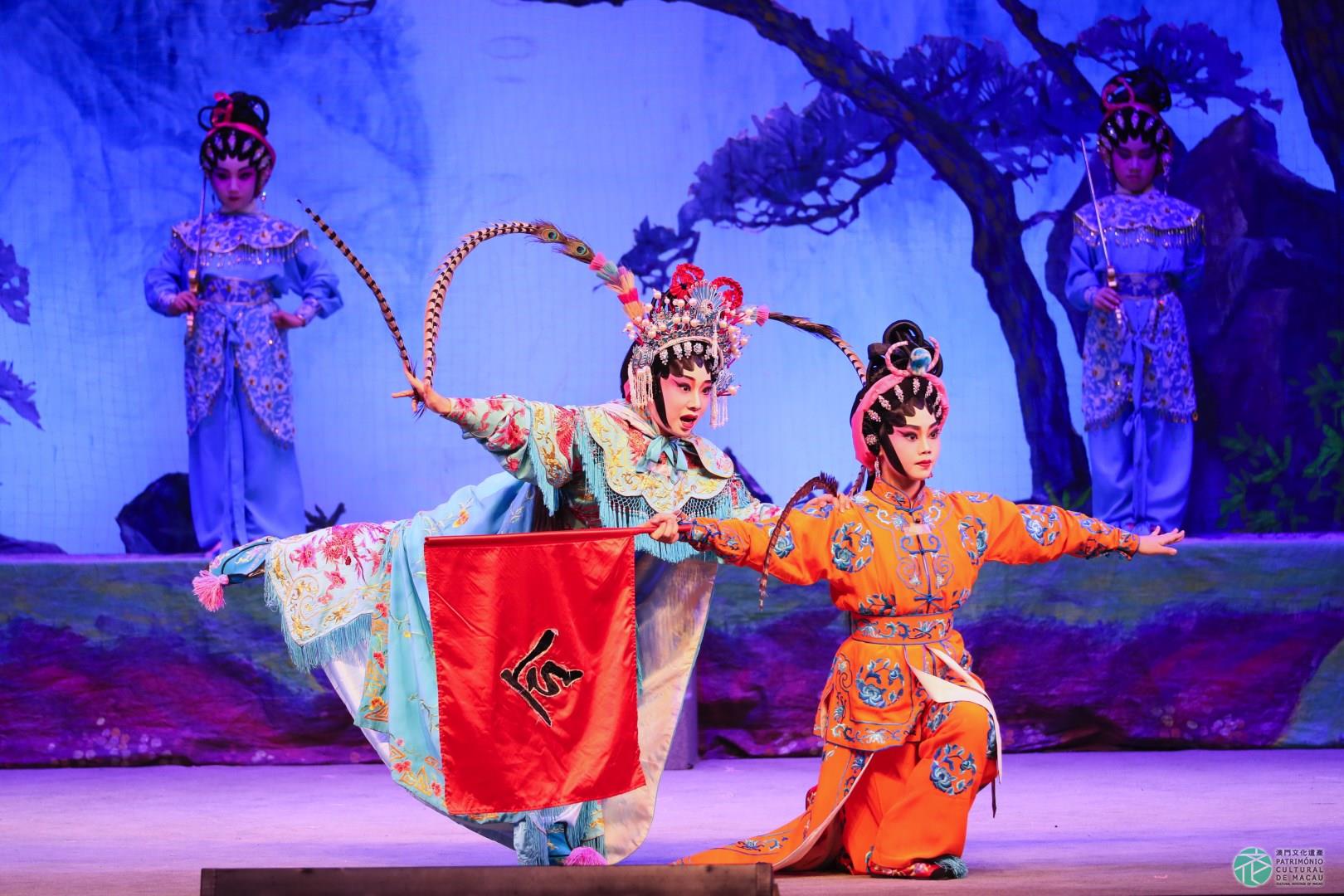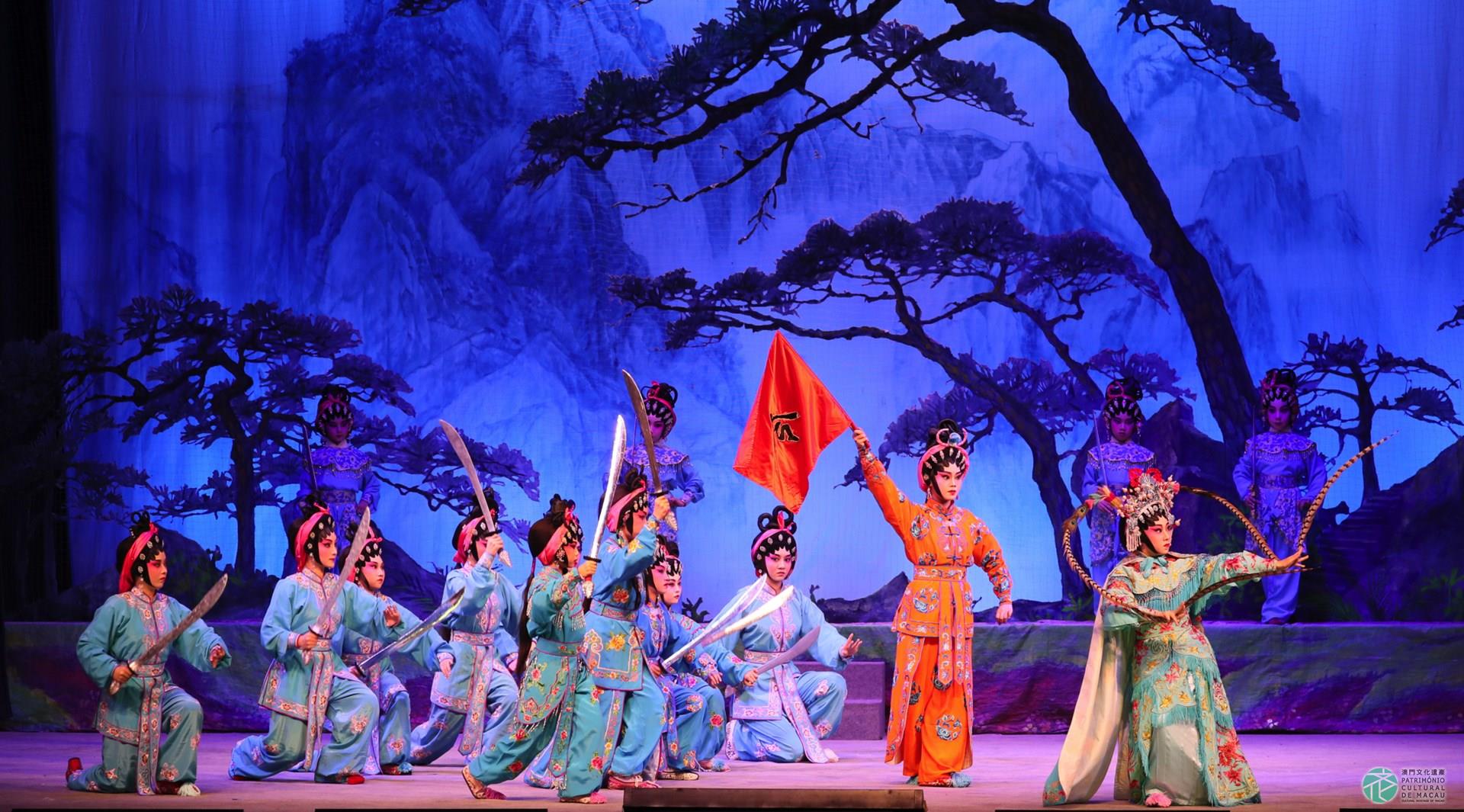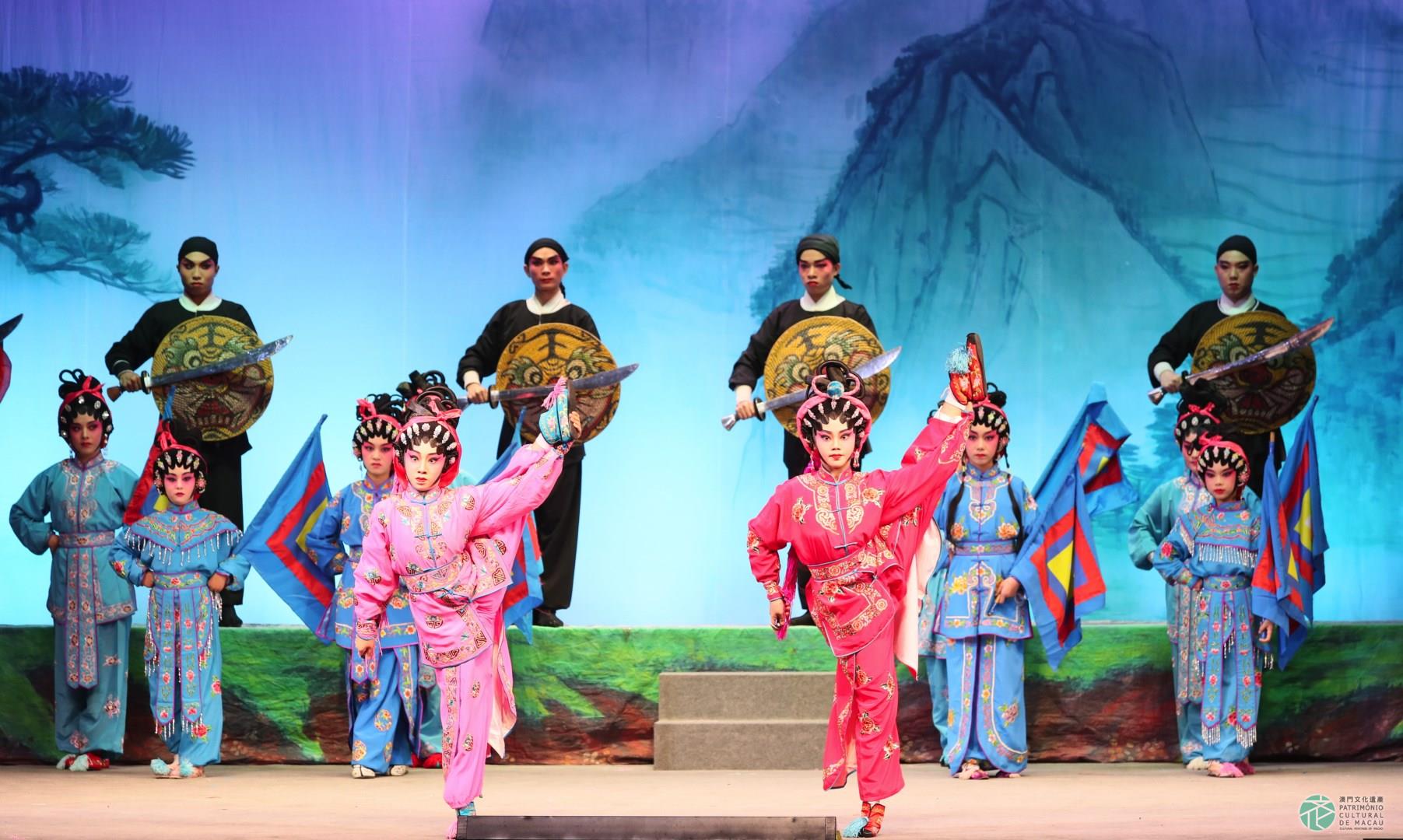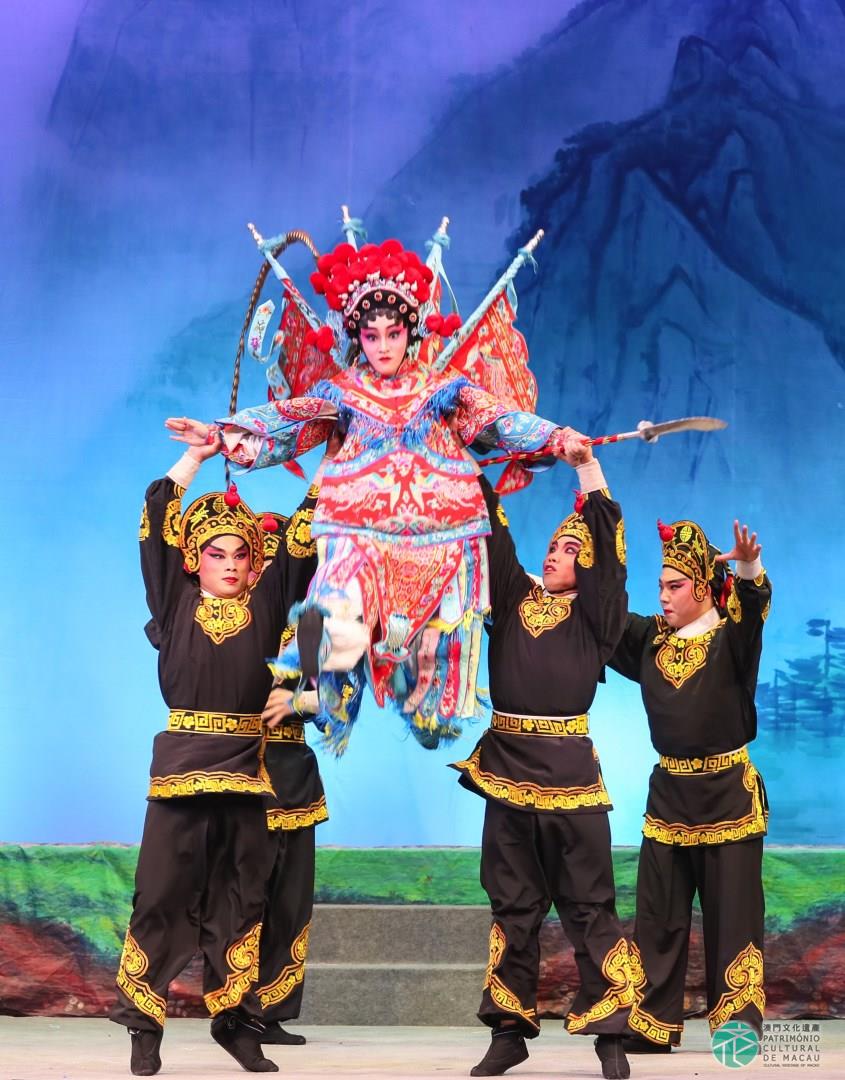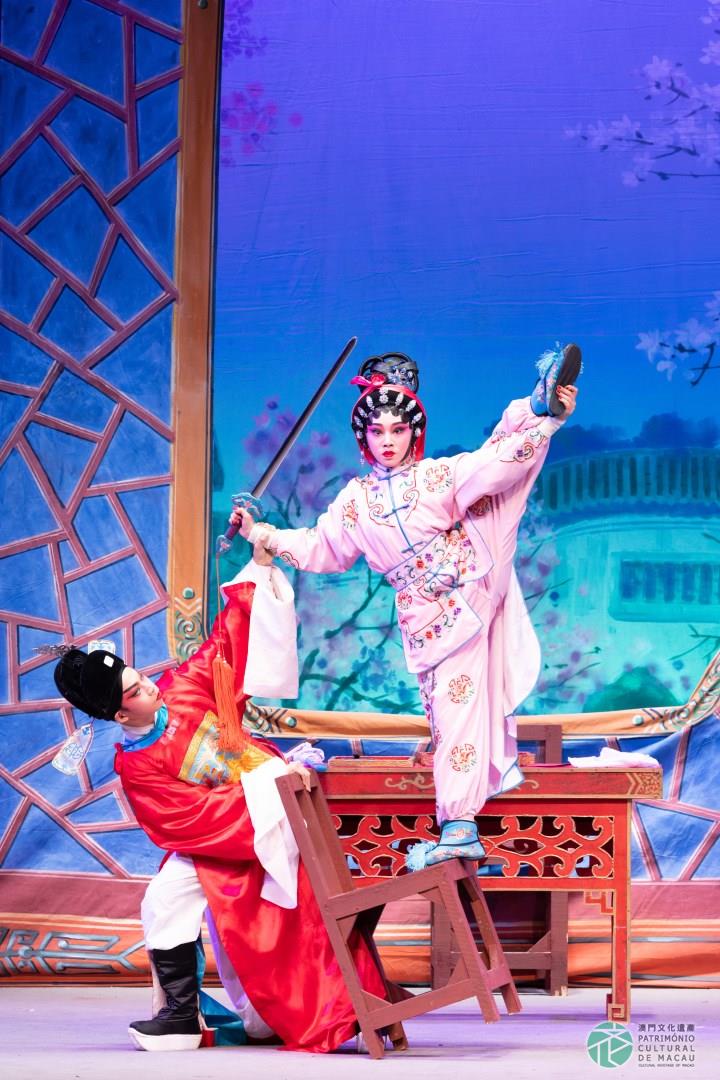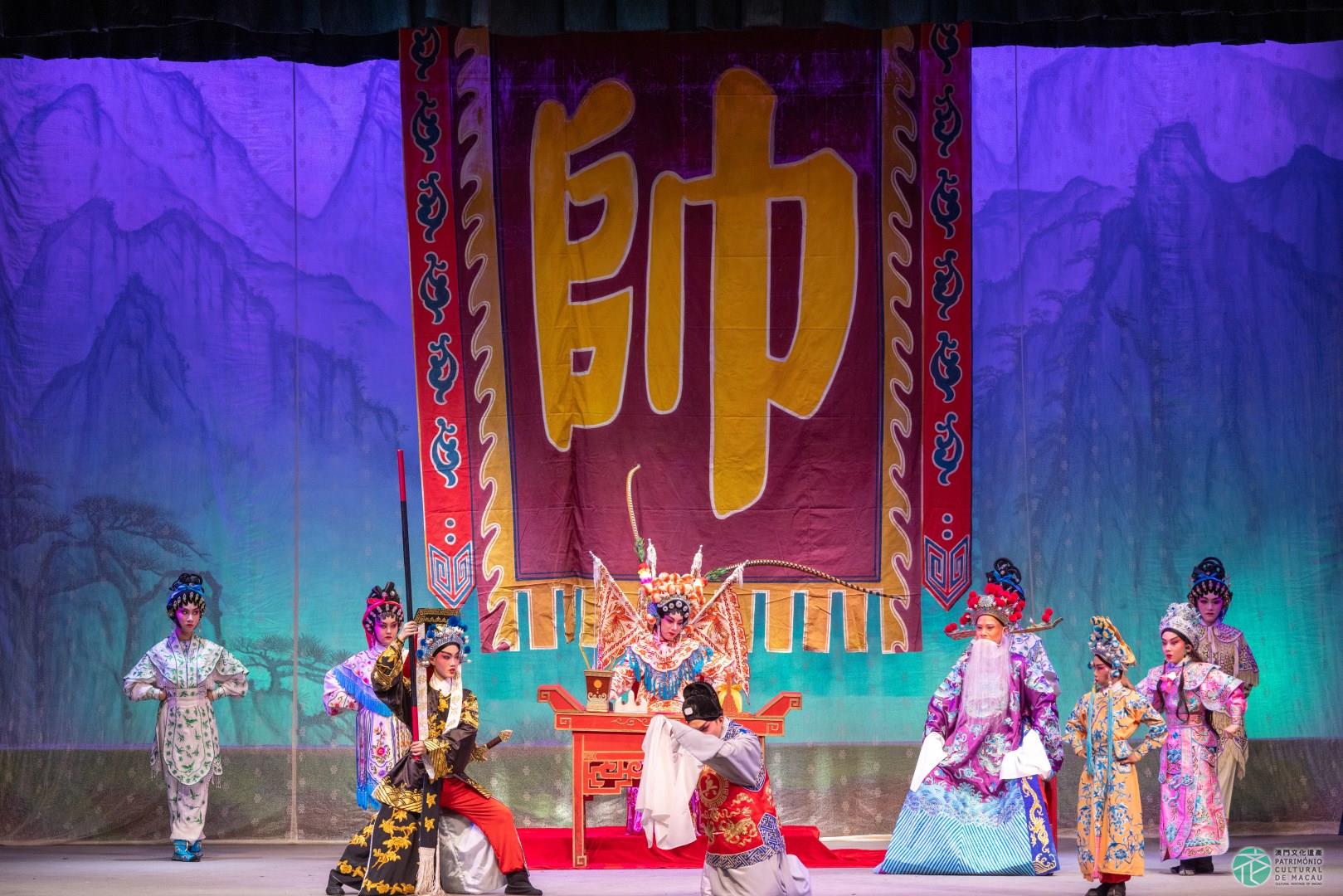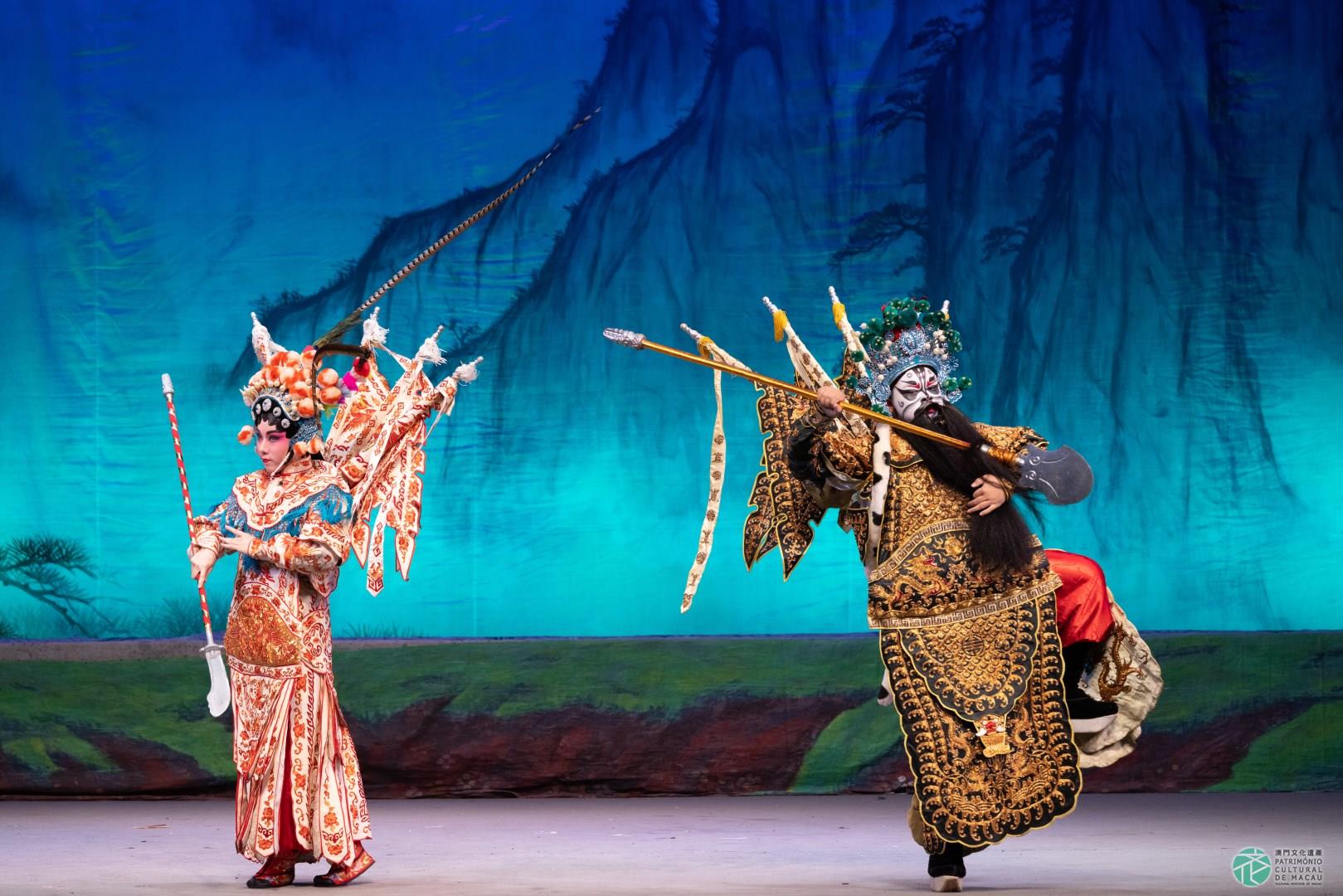Cantonese Opera is prevalent in Cantonese speaking regions including the entirety of Guangdong Province, south of the Guangxi Zhuang Autonomous Region, Hong Kong S.A.R. and Macao S.A.R.. The Geyang and Kun tunes were first introduced to Guangdong in the late Ming and early Qing dynasties. During the reigns of Emperor Xianfeng and Emperor Daoguang of the Qing Dynasty, Banghuang (namely, Xipi and Erhuang) remained the basic tune in the performances of Guangdong troupes, which subsequently added the Gao and Kun tunes to Guangdong folk melodies and Shidiao (popular tunes). The Xipeng Guanhua (official language of opera bamboo sheds) was the major language employed and was sometimes mixed with the Cantonese dialect, which gradually gave rise to the formation of Cantonese Opera.
Around 1912, the Cantonese dialect became the major language used in Yueju Opera performances. Following the maturing of the performing system, Cantonese Opera started to introduce folk songs and xiaodiao (small tunes) to complement the Banghuang tune and utilised the pinghou (modal voice) to replace the falsetto voice. Cantonese Opera troupes initially relied upon the wujiatou or ‘five instruments’ – namely, the erxian (Chinese two-stringed fiddle), yueqin (moon guitar), sanxian (Chinese three-stringed fiddle), zhutiqin (two-stringed bowed string instrument), and xiao (flute) but other instruments were later added to enrich the musical effect.
Cantonese Opera originally featured ten major hangdang roles – the mo, sheng, dan, jing, chou, wai, xiao, fu, tie and za – and later adopted the simplified practice of the ‘six principal roles system’; namely, the wenwusheng (civil and marshal role), xiaosheng (young scholar or lover role), zhengyinhuadan (female role), erbanghuadan (young woman), chousheng (clown) and wusheng (cavalier). One of the major characteristics of Cantonese Opera is its plain and bold performing skills, including single foot, stopping, moving eyes, somersaulting and trenching. The marital movements in Cantonese Opera are developed on the basis of the martial arts of the Southern School, featuring outstanding acrobatics, the Hand Bridge, Shaolinquan, and highly complicated chair and high platform acrobatic skills. Cantonese Opera features simple, bright make-up plus exquisite and gorgeous Cantonese embroidery costumes featuring strong regional characteristics.
